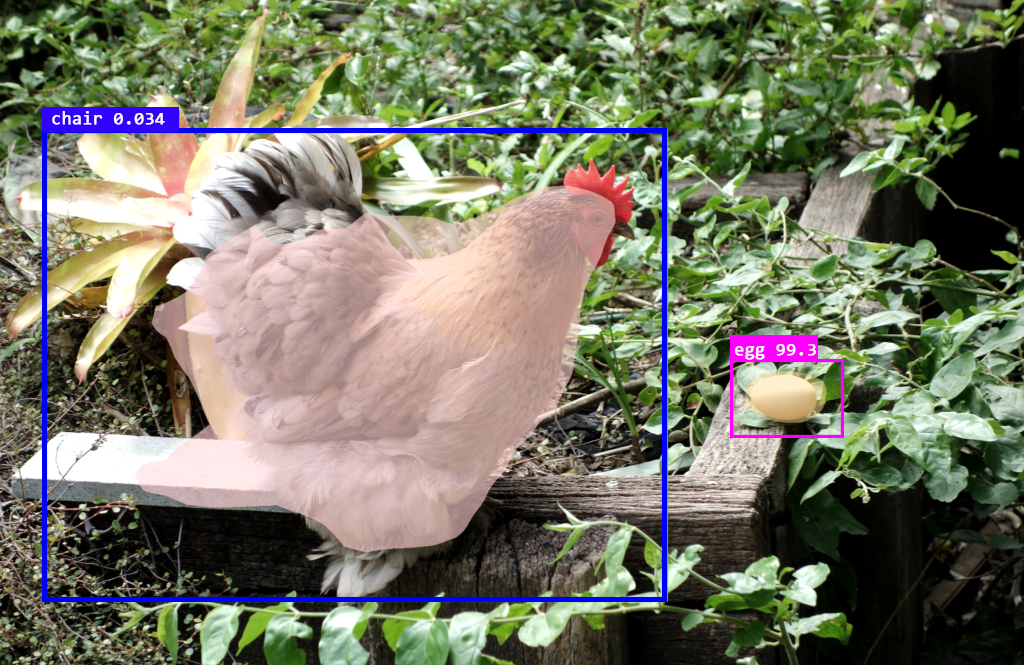This website tracks Moss and Brownell’s distanced, virtual-based collaboration as they develop the upcoming project Gallus Gallus Roboticus, as part of the project konS – Platform for Contemporary Investigative Art. Struck by the fact that 7 billion day-old male chicks are killed worldwide per year as they are considered “uneconomical” by the poultry industry, the starting point for the final project is to develop an open source AI that can detect a chicken’s sex in ovo. Following from this, the project entails fabricating an autonomous walking robot that can tend to diverse facets of a chicken’s needs and wants. Wondering whether Gallus gallus domesticus, the domesticated chicken, could be considered – within the framework of the Anthropocene – the most or least successful bird from an evolutionary perspective, the project stems from a morbid fascination with the current and historical relationship between chickens and humans and the intricacies and problematics of selective breeding, symbiosis, domestication, animal rights, farming practices, and food safety and security which riddle this narrative. In this non-human centred speculative design piece, the uncanny valley-inducing autonomous machine will affectionately care for the chickens, posing the question to the viewer whether machines are perhaps more capable of being humane than humans.
CV
Miranda Moss
A recovering artist, outsider roboticist and DIY biologist from Cape Town, South Africa. Her transdisciplinary practice, which focuses on the problematics and hopeful possibilities of technology from an ecological and social perspective, has seen her exhibit, teach and perform research across the globe in various art, science and public spaces. She is currently studying for a Master’s degree in Sustainable Design at Linnaeus University in Sweden.
Daniel Brownell
Programmer by day and tinkerer/bioartist by night, Daniel Brownell’s diverse after-hours practice encompasses light art, mycology, interactive electronics, hydroponics, food and interdisciplinary collaboration. He contributes to open-source food computing projects and is working on experiments with cameras, sensors, computer vision and machine learning to evolve ideal environmental conditions.
